LOS ANGELES - For 35 years, Arnold Schwarzenegger has been carefully crafting his public image, from Austrian bodybuilder and international action star to family man and Republican politician.
Now, with his split from Maria Shriver and revelations that he fathered a child with a member of his housekeeping staff, where does Schwarzenegger go from here? Can he have a future either in politics or film, and how does he once again reshape his image, especially in the eyes of female fans?
"His biggest problem as an action star has nothing to do with being an adulterer. It has to do with being 63 years old and physically wrecked — unless they're going to make `Terminator 6: The Golden Years,'" said David Leibowitz, a Phoenix-based public relations and crisis communications consultant. "The love child is almost the least of his worries."
For decades, though, Schwarzenegger was the safest of box-office bets, with his bulging, muscular physique and his quippy, punny one-liners. The "Terminator" movies alone have made more than $1 billion worldwide — most of that outside the United States.
"For me, he has never been a serious action star, but rather a sort of parody of himself," said Ali Arikan, chief film critic for the Turkish website Dipnot.tv and Roger Ebert contributor. "He had that wink in his eye even in earlier, more somber stuff like `Conan the Barbarian.' In fact, when he tried to be more serious, as with 1999's turgid `End of Days,' it was risible: nothing more hilarious than seeing Arnie `act!' So, he's basically been this goofy clown, shrewd and with great intelligence about his career, but a clown nonetheless."
Shrewd indeed. Around the movie work, this "clown" began adding some serious yet varied cred to the script, including roles as President Ronald Reagan's fitness guru, a campaigner for George W. Bush, and a founding backer with Sylvester Stallone, Bruce Willis and Demi Moore in the Planet Hollywood restaurant chain.
Then, as Schwarzenegger's movie glory days began waning, he revamped his image again and became the improbable governor of California in a 2003 recall election.
Having a Kennedy heiress by his side certainly didn't hurt, despite the couple's disparate political leanings and even through claims that Schwarzenegger had groped other women. As former San Francisco Mayor Willie Brown once put it, "Maria has been much more of a benefit to Arnold than Arnold has been to Maria."
Schwarzenegger often said being governor was the best job in the world, one he would have enjoyed holding longer had there not been term limits.
While in office, his highly choreographed, stage-managed appearances often seemed more like Hollywood productions than political forums. With Gov. Schwarzenegger, opportunities for image enhancement were seldom missed.
There was even talk about repealing the citizenship law to allow Schwarzenegger to run for president.
But his standing with voters was rocky throughout his governorship as the political neophyte sought to figure out where he stood on a host of divisive issues. Schwarzenegger's approval ratings plummeted during the 2005 special election in which he placed several conservative measures on the ballot, all of which voters resoundingly rejected. With Shriver's help, he apologized and reinvented himself once more as a political moderate, winning easy re-election in 2006.
During his second term, Schwarzenegger made bi-partisan friendships in the state Legislature and after signing legislation to restrict California's greenhouse gas emissions, he became a leader in the green energy cause.
But he was elected on a promise to fix California's chronic budget woes, and despite his best efforts, he soon gave in to the gimmickry and maneuvering that have been hallmarks of budget deal-making in Sacramento. He was seen as largely failing to accomplish his mandate, and his approval rating fell to 25 percent as he left office in 2010.
Lately, he's been jet-setting with the likes of "Terminator" director James Cameron and announcing he's ready to re-launch his acting career. But following his separation from Shriver after 25 years of marriage and the damaging baby revelations, he says he's putting those plans on hold.
As the owner of the Carolina Cinemas chain of movie theaters, Bill Banowsky sees Schwarzenegger making a comeback eventually — but only as an action star.
"I'd feel great about it if he's playing a `Terminator' role, if he's playing a role in a big action movie. I think he's going to do very well," said Banowsky, who also founded the independent distributor Magnolia Pictures. "If he comes out with a romantic comedy as a way to get back in, that would be really challenging for him."
And Arikan of the Turkish website suspects Schwarzenegger still has a future as a global star, despite his age.
"The international markets thrive on stars and cling onto them. Just look at the international numbers of `The Tourist' versus the U.S. ones," he said. "He could churn out action films every few years and expect the equivalent numbers that he got during the latter part of his career, like `The 6th Day' or `Eraser.' But he could never again soar the heights he once did with `T2' or `True Lies,' either nationally or internationally."
For now, though, it's wise for Schwarzenegger to apologize, lay low and focus on his family, which includes his four children with Shriver, said Melanie Ofenloch, a Dallas-based executive vice president at the global public relations firm Weber Shandwick. But it may not be enough. Part of why this transgression seems so appalling to women may be because Shriver herself has devoted so much of her life to championing women's issues: "I think they're going to have that mentality of: `How dare he?'"
"He's going to need to continue to show remorse. He's going to have to be honest about what's going on. If there's more to be found, then that's going to make it even more difficult," Ofenloch said. "But we are a society that's willing to give people a second chance."
Yet reaching out to women's groups is exactly the wrong thing to do, said Leibowitz, the Phoenix PR consultant.
"We live in a cynical age. People have gotten used to the idea that the celebrity who gets busted for DUI makes a huge contribution to Mothers Against Drunk Driving or the celebrity caught dog fighting does community service with the Humane Society," he said.
"If you take care of the personal first, the professional will follow," Leibowitz added. "If Arnold Schwarzenegger is able to mend his relationship with Maria Shriver and with his children, we'll see that in public. Women, y'all are really smart, you'll figure it out. It's a gut instinct thing."







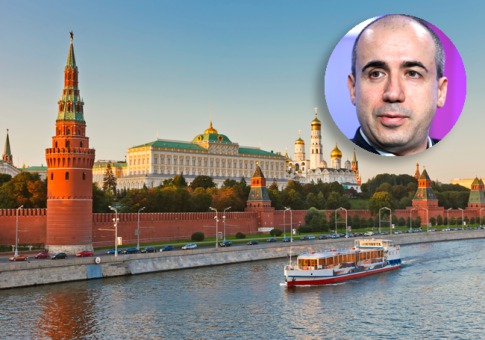



 Hot fields enjoying a boost in starting offers include accounting, finance, business, and computer science.
Hot fields enjoying a boost in starting offers include accounting, finance, business, and computer science.




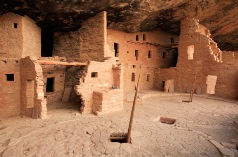

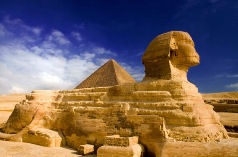

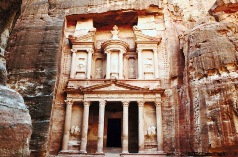
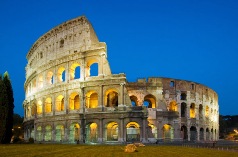
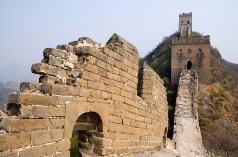
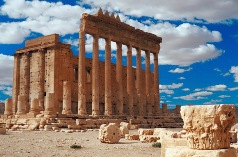










 The social network secretly hired a PR firm to plant negative stories about the search giant, The Daily Beast's Dan Lyons reveals—a caper that is blowing up in their face, and escalating their war. Plus, more on the
The social network secretly hired a PR firm to plant negative stories about the search giant, The Daily Beast's Dan Lyons reveals—a caper that is blowing up in their face, and escalating their war. Plus, more on the